Sparkling in memory
The boys and girls with topknots in the 80s of the last century must still remember the feeling: the whole year was hungry but at Tet there were always full of pure Vietnamese “dishes”: fatty meat, pickled onions, banh chung, firecrackers… The subsidy period still left behind many hardships but why was it so joyful. And even though the family was poor, next to the thin, faded peach blossoms, people did not forget to buy funny pictures made of rustic paper to hang.
Dong Ho communal house. |
The paintings are associated with a child riding a chicken, a child playing the flute while herding buffalo, a mother and herd of pigs, a mother and herd of chickens, a mouse wedding, wrestling… Even though they don’t understand anything about art and culture, the funny images and rustic colors are enough to make the kids fascinated. When they grow up a bit and get an education, they will understand that these are famous Vietnamese folk paintings. The paintings are simple, but they contain the aesthetics, talent and creativity of our ancestors.
Farmers in their spare time, with their skillful hands and soaring imagination, expressed the wishes of the villagers and the neighborhood. Beauty is born from life. As concrete, liberal and natural as daily food and drink, the hard-working people, the simple animals, the happy and sad scenes of life in the countryside, are familiar subjects of Dong Ho paintings. And so, from generation to generation, the craft of making and creating paintings became a tradition of the village.
Distilled from the wild nature, the materials and colors create beautiful paintings with rusticity, uniqueness and pure Vietnamese. Do paper for paintings is made from the bark of the Do tree, tough and absorbent, spread over a layer of small pearls - crushed from seashells, creating spongy, shimmering horizontal lines on the background of the painting. Sophora japonica flowers, turmeric, gardenia seeds create a warm yellow color. Finely chopped vang wood, or hibiscus flowers create vermillion red color. And indigo leaves soaked in lime, copper rust will create green, purple colors...
Most notably, the black color is made from old bamboo leaves burned to get charcoal, or sticky rice straw ash, soaked for a long time, filtered carefully, creating a very dark and smooth quality like ebony. There are many other manual steps in making the paintings that show the creativity and ingenuity of the folk artists. And like the smile of a village girl in the green fields, Dong Ho paintings are simple, charming, touching, and memorable for the viewer.
Old but pure
Industrial life and the development of the market economy , the number of people who love Dong Ho paintings is gradually decreasing, including the 7x - 8x generation. Then one day, memories are awakened, according to the poem of poet Hoang Cam "Dong Ho paintings of chickens and pigs, fresh and clear lines/ National colors shine brightly on die-cut paper" flowing back to the rustic, old but pure.
Dong Ho painting village in Kinh Bac ( Bac Ninh ) today, there are not many families making paintings, only a few families are passionate about the old profession, the majority have switched to making paper and votive offerings to make a living. However, the communal living space, Dong Ho communal house, is still intact with its ancient beauty. Next to the communal house, there is also a Dong Ho folk painting conservation center, spacious and modern.
In the ancient house of the family of female artisan Nguyen Thi Oanh, listening to her meticulously explain each stage of painting creation, one can see the seemingly simple nature of the painting craft. To create Dong Ho paintings, woodblocks are needed. Through the talented hands and aesthetic sense, the worldview of the long-time artisan, the woodblocks have been painted and carved, carrying the soul and wishes of the village and the neighborhood.
Diverse in subject matter, Dong Ho paintings are very everyday and vivid, associated with the thousand-year-old life of Vietnamese people: images of animals associated with the fields, buffaloes, pigs, fish, mice, chickens...; daily activities of wrestling, swinging, jealousy, returning home to honor ancestors...
Artisan Nguyen Thi Oanh introduces to tourists the painting production process. |
Artisan Oanh guides customers meticulously: Each woodblock will be responsible for a color block in each painting. There are as many woodblocks as there are colors in a painting. Woodblocks are made from special types of wood such as Thi wood, Fat wood or Thuc Muc wood. These types of wood have fine and soft grain, do not warp, are flexible, durable and have good color absorption... when printed, the painting will be rich in color and sharp.
Creating a model is the first and most important step. This step is not something that only experienced artisans with talented hands and aesthetic sense can do. In artisan Oanh’s house, there are still hundreds of ancient wood carvings passed down from previous generations. And the family always considers them heirlooms, preserved for future generations.
Today, the painting village mainly serves tourists. Tourists come here to visit, experience the cultural features of the painting production process and buy paintings as souvenirs. That has partly encouraged and nurtured the passion for the profession of a few artisans.
Eternal with the nation
Although familiar, each Dong Ho painting is often ambiguous and brings different feelings and emotions from the viewer. This is the factor that has created the lasting vitality of the paintings in the hearts of the public and in the creative thinking of many generations of Vietnamese artists.
Painter Nguyen Gia Bay, Head of the Fine Arts Association of Thai Nguyen Province - who has researched folk paintings and Dong Ho paintings, affirmed: Folk paintings and Dong Ho paintings, although simple in form, with flat shapes, symmetrical compositions, restrained lines and expressive original color palettes, are rich in aesthetic and artistic values. In the art world, many people are influenced by Dong Ho paintings. For contemporary art, folk paintings are not only cultural documents but have become a great source of inspiration for creativity, a place for artists to find the roots of national aesthetics, and at the same time transform traditional values into modern visual language. Painters such as Nguyen Tu Nghiem with stylized lacquer paintings of folk images, Le Chi Dung with compositions rich in national symbolism and rhythm, or Tran Khanh Chuong with his approach to folklore through liberal and decorative painting styles... are all typical faces in exploiting the visual values of folk paintings to renew personal artistic language.
Regarding the uniqueness of the paintings, artist Le Trong Lan, former Chairman of the Art Council of the Vietnam Fine Arts Association, said: The craft of making Vietnamese folk paintings, Dong Ho paintings, is a collective craft, from each family to the painting guild according to ancient traditions. From here, the minds, souls, eyes, and hands of the painters who print the paintings are the same as the hands, minds, and souls of the craftsmen who create beautiful sculptures of Vietnamese communal houses and pagodas, only different in the way of expression.
Exhibition space for artifacts in the Dong Ho Folk Painting Conservation Center, so that visitors can experience and learn about the painting making process. |
The artisans who make Dong Ho paintings are unique in the world. Instead of carving knives, they use chisels to carve the boards for printing the paintings. They are not only painters but also talented sculptors. The beauty of Dong Ho paintings lies above all in the images and colors. The images in the paintings are very everyday - a boy with a flock of chickens, a herd of pigs, buffaloes, cows, a mouse wedding, a toad teacher, picking coconuts, fighting over jealousy... are selected, drawn in a stylized way, very simple, familiar, typical with a bit of humor and advice...
The color taste of Dong Ho artists is the most typical example of the philosophy, sentiment, and religious belief of the Vietnamese people towards color. Farmers are attached to nature, to the calm colors of the earth, but during festivals and New Year, they tend to favor bright and cheerful colors - on fruit trays, parallel sentences, flags, umbrellas, clothes...
And not only beautiful, holding the newly printed picture in your hand, you will immediately feel the scent of the fields and grass in the tropical agricultural region. The smell of glutinous rice, mixed with the strong taste of scallops, of dó, the pungent taste of indigo, the sweetness of straw... these are the products of heaven and earth. And perhaps this is also a gift from nature to talented artisans, so that they have the opportunity to create small, fragile pictures that contain many wonders - the warmth and vastness of the national soul.
Source: https://baothainguyen.vn/van-nghe-thai-nguyen/202508/tranh-dong-ho-cu-moc-ma-tinh-khoi-b7d3d38/






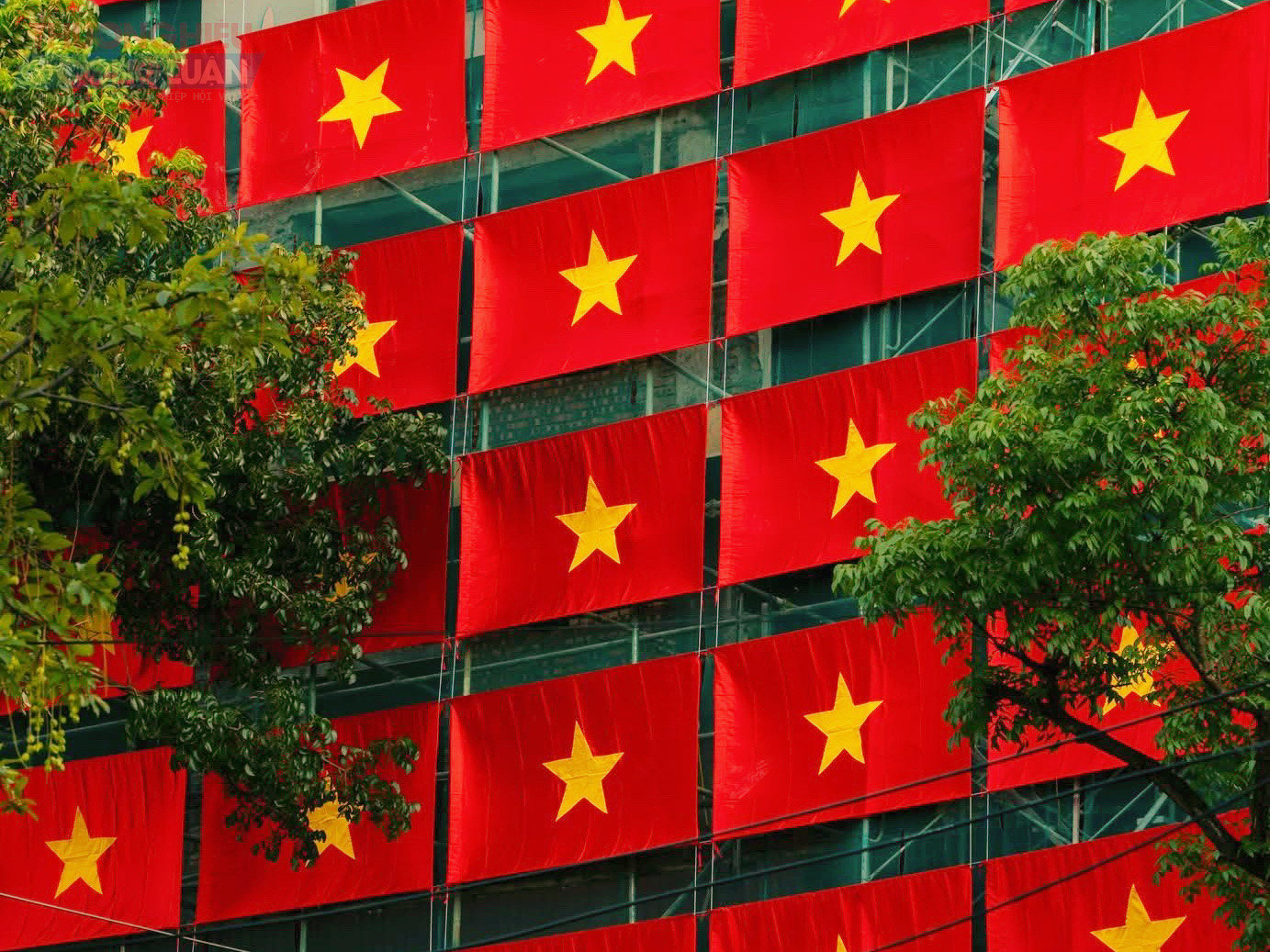

![[Photo] General Secretary To Lam attends the 80th anniversary of Vietnam's diplomacy](https://vstatic.vietnam.vn/vietnam/resource/IMAGE/2025/8/25/3dc715efdbf74937b6fe8072bac5cb30)
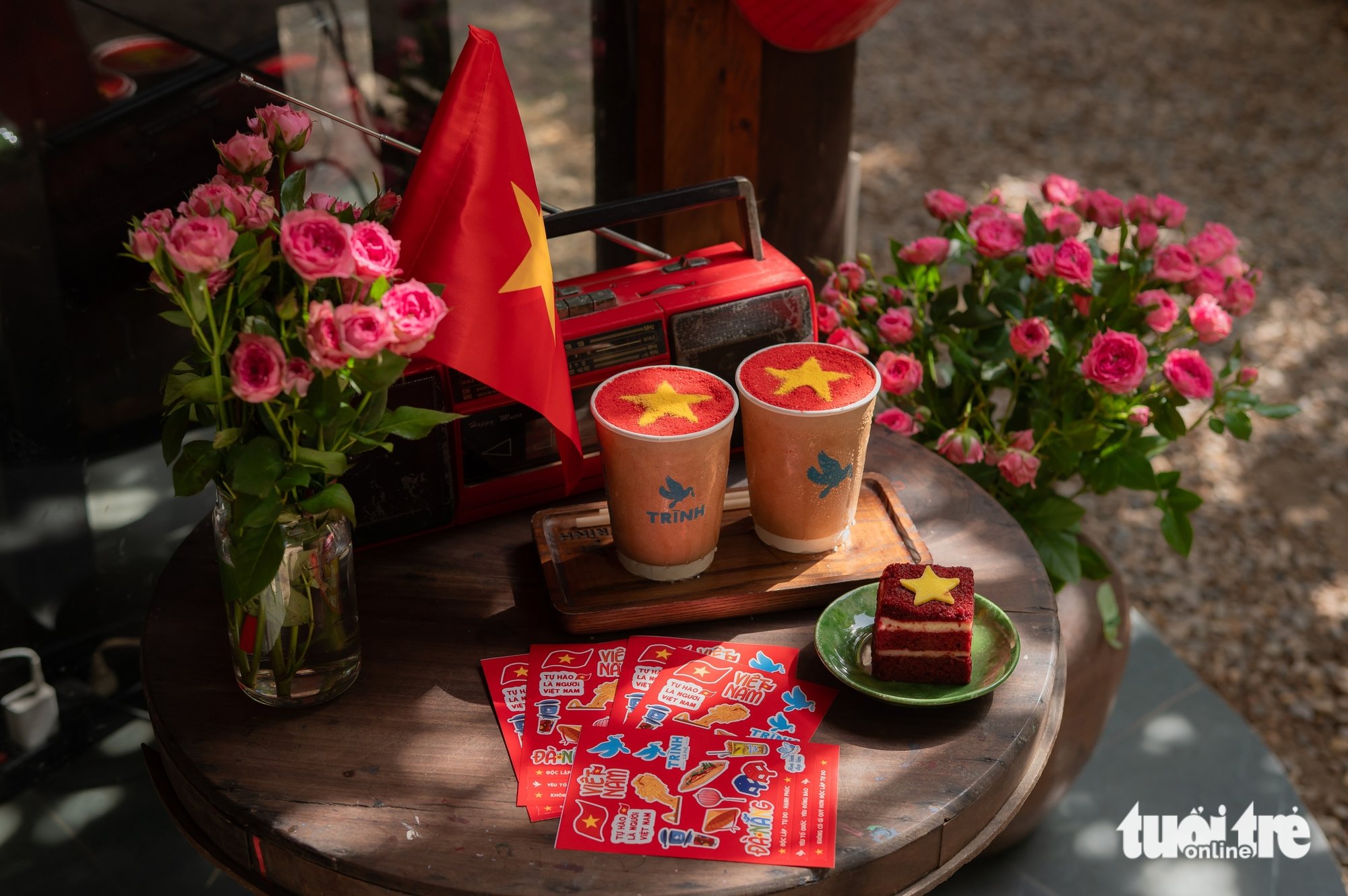

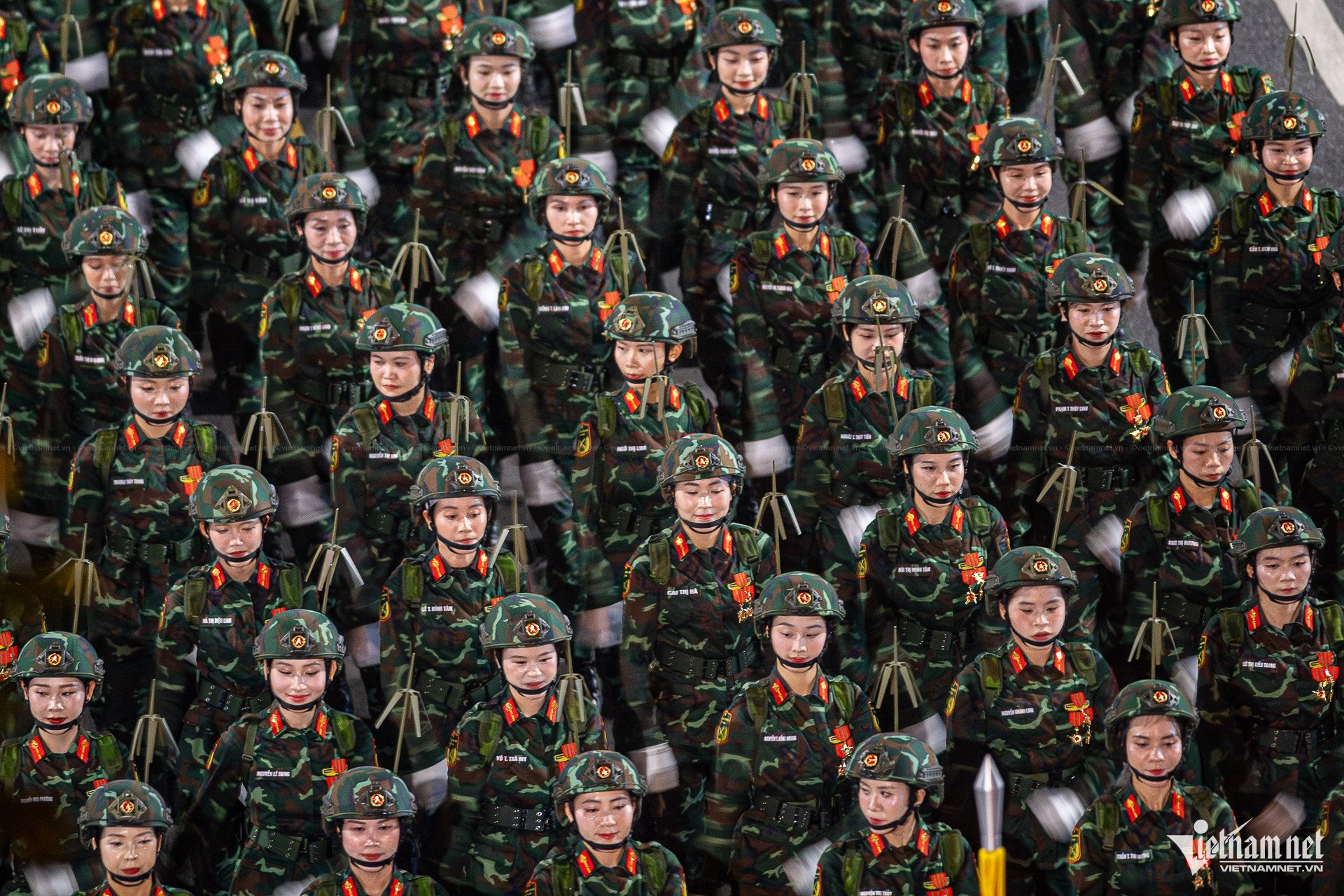
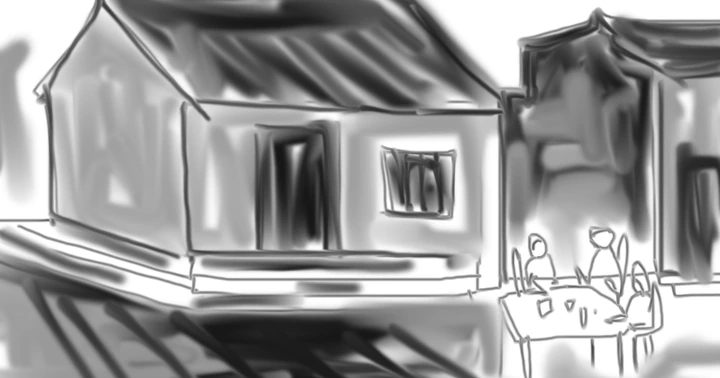

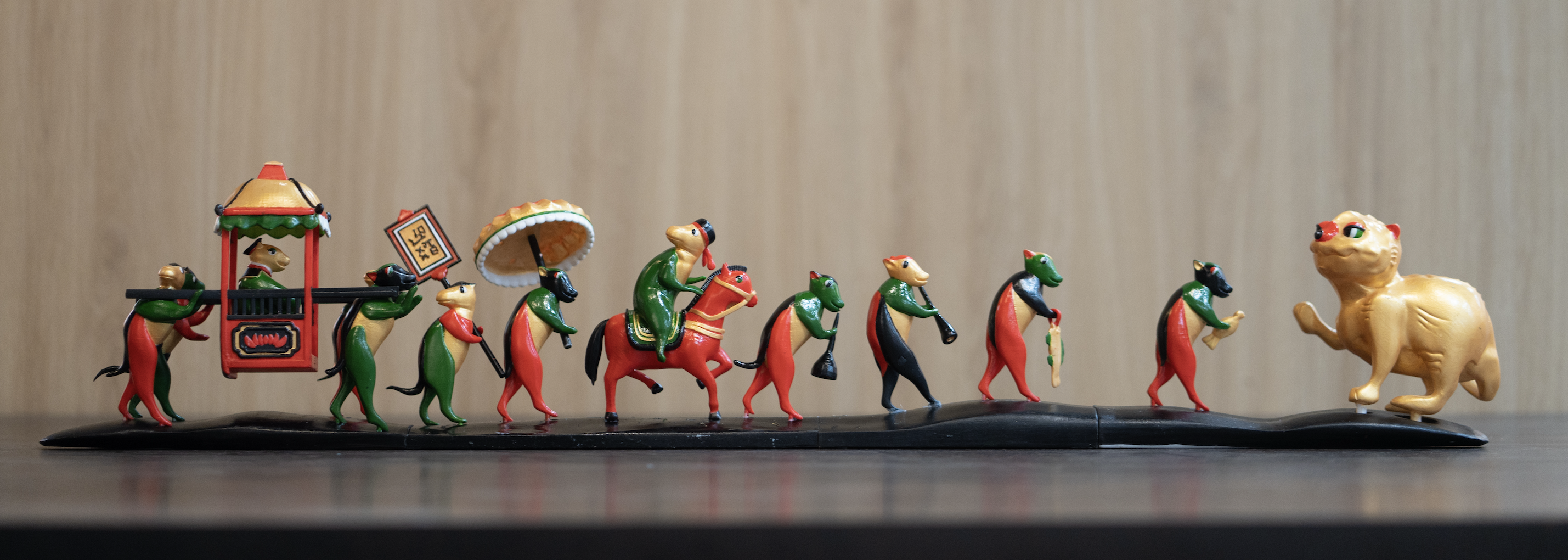

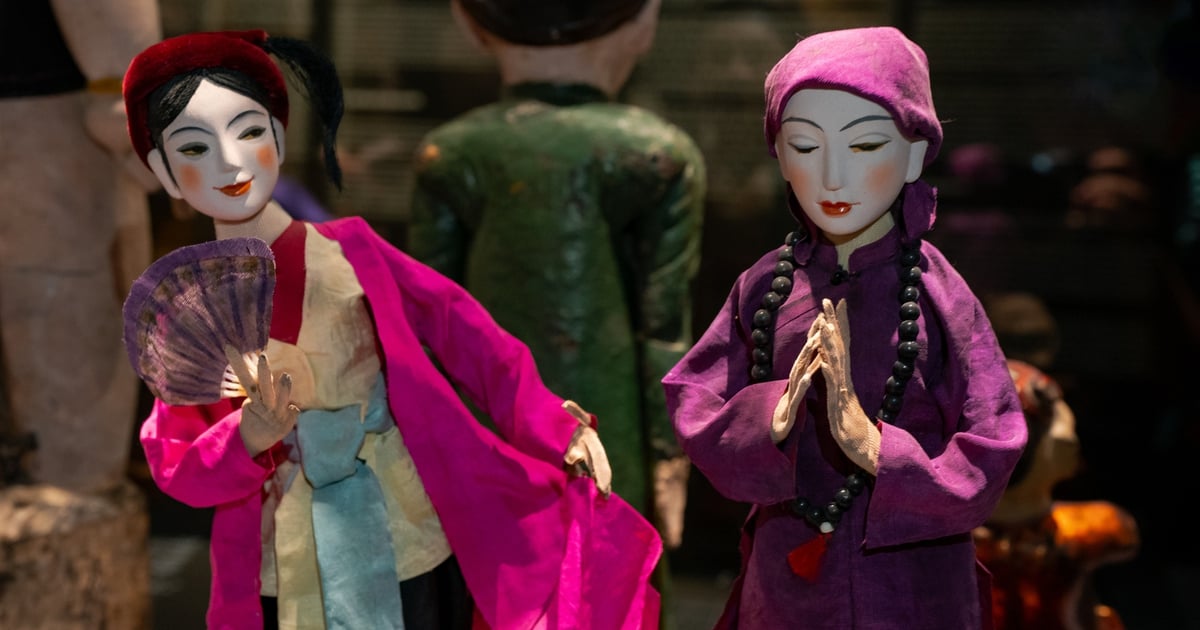

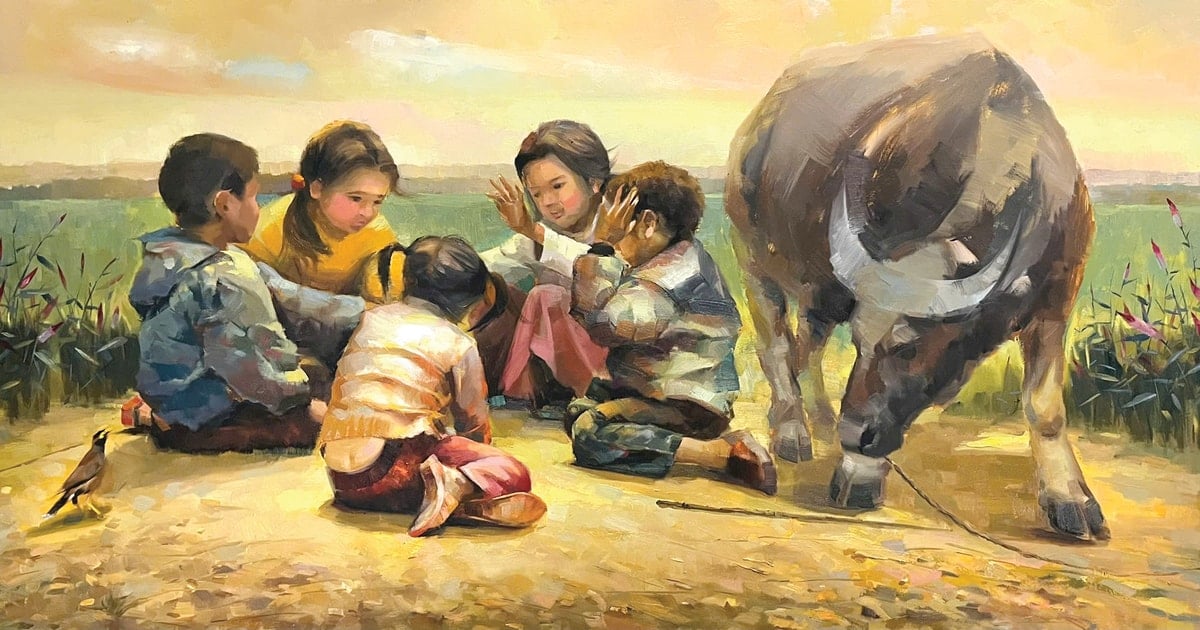


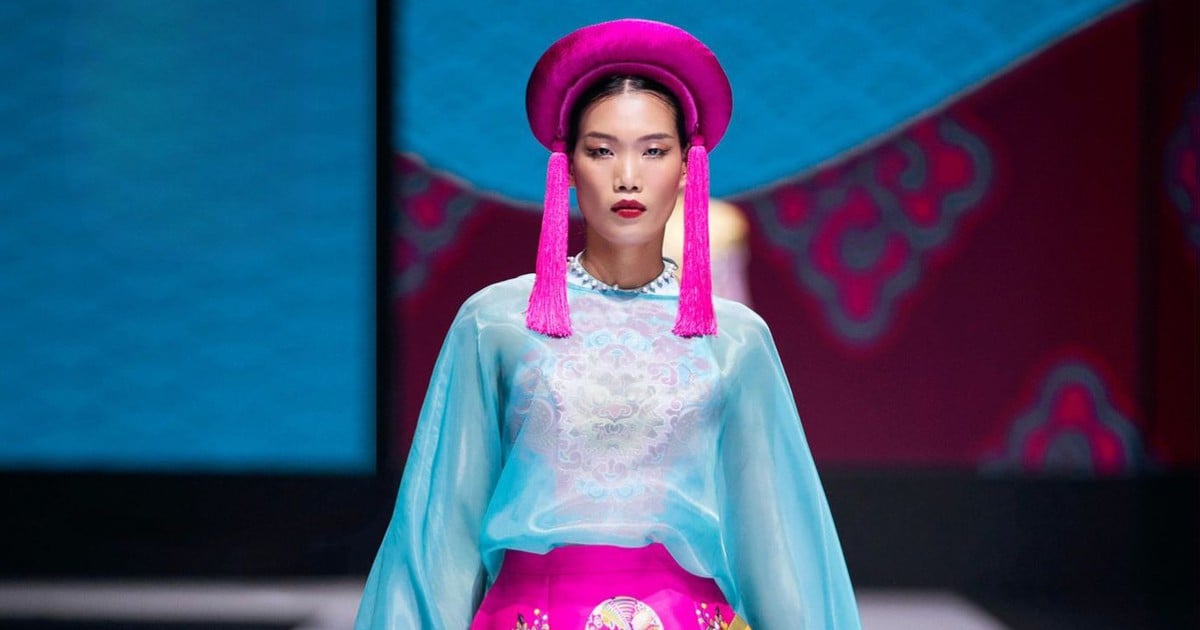
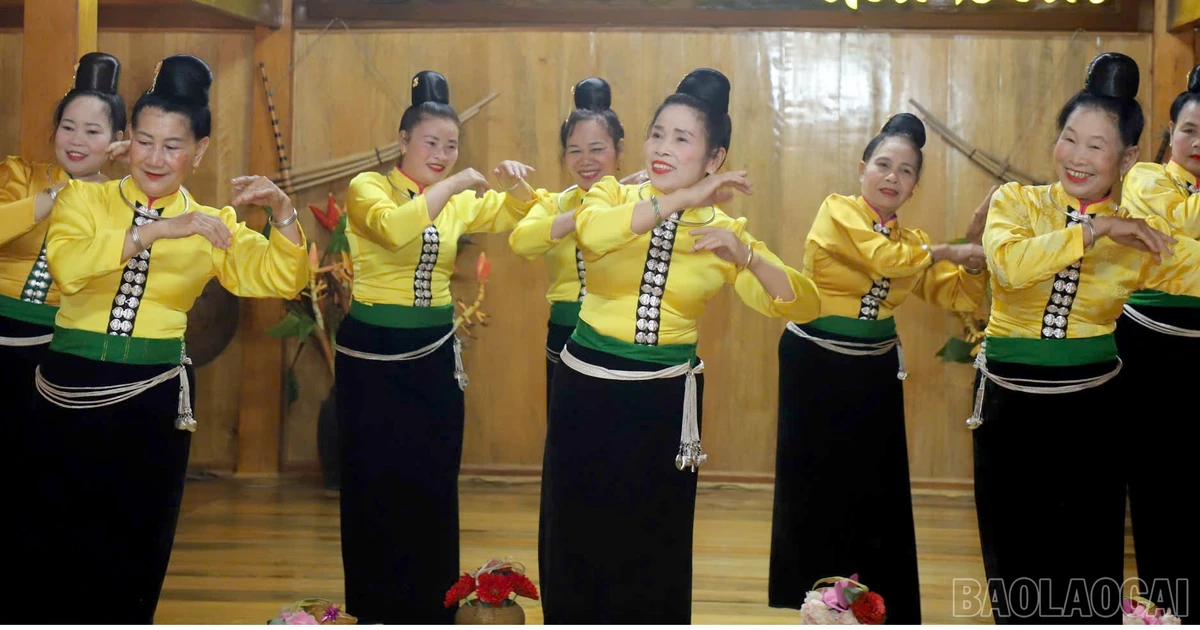

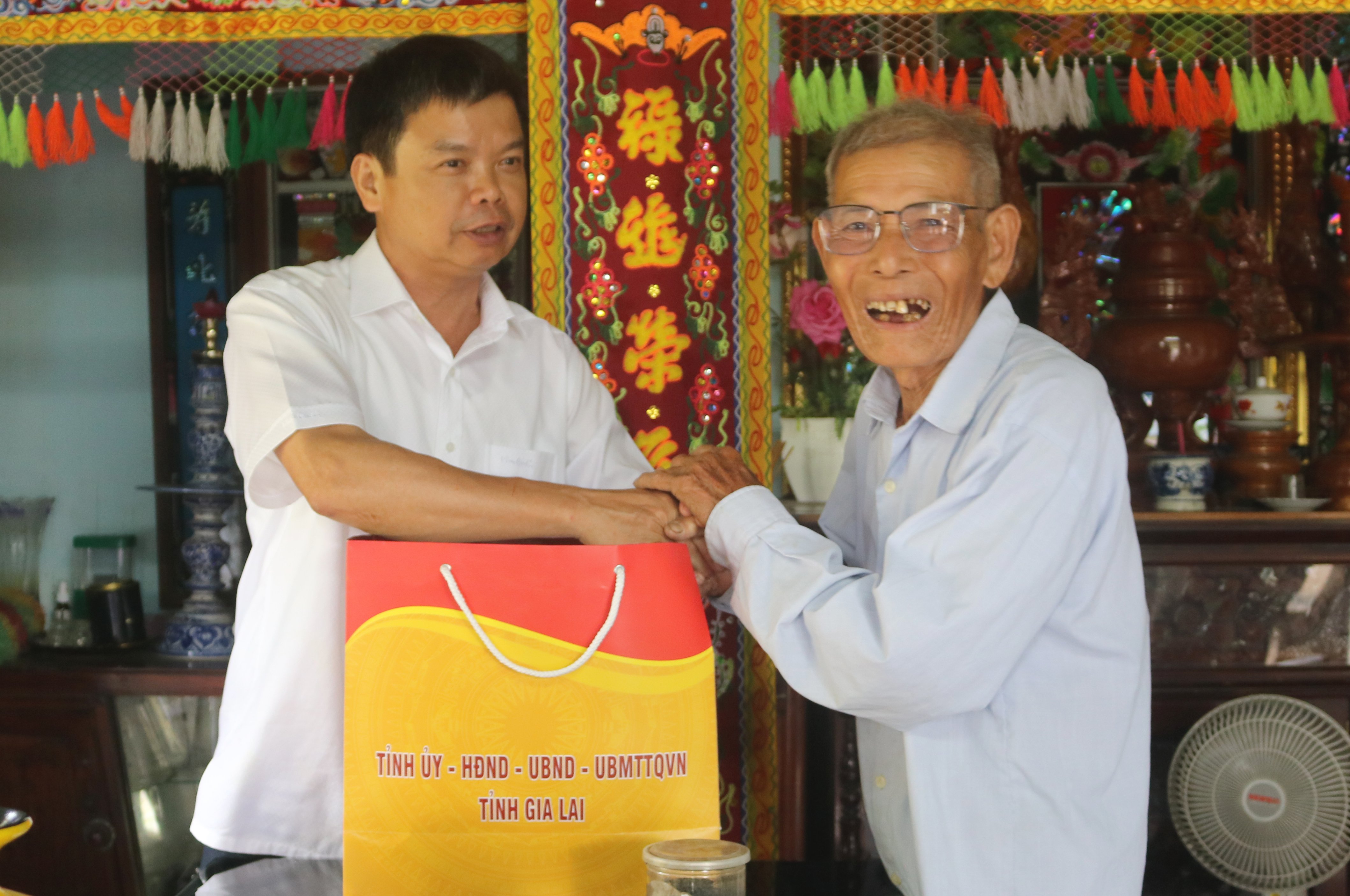



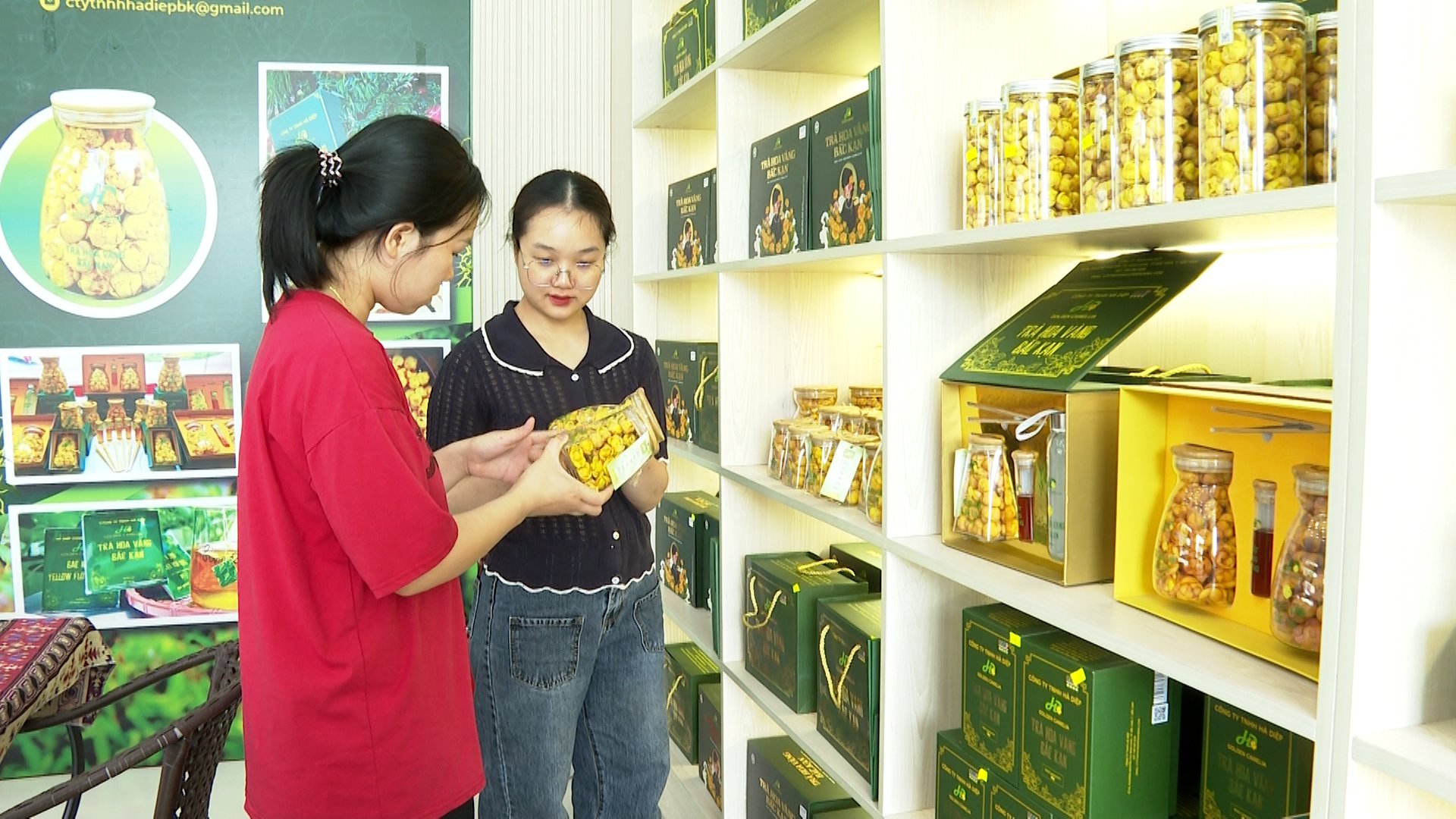
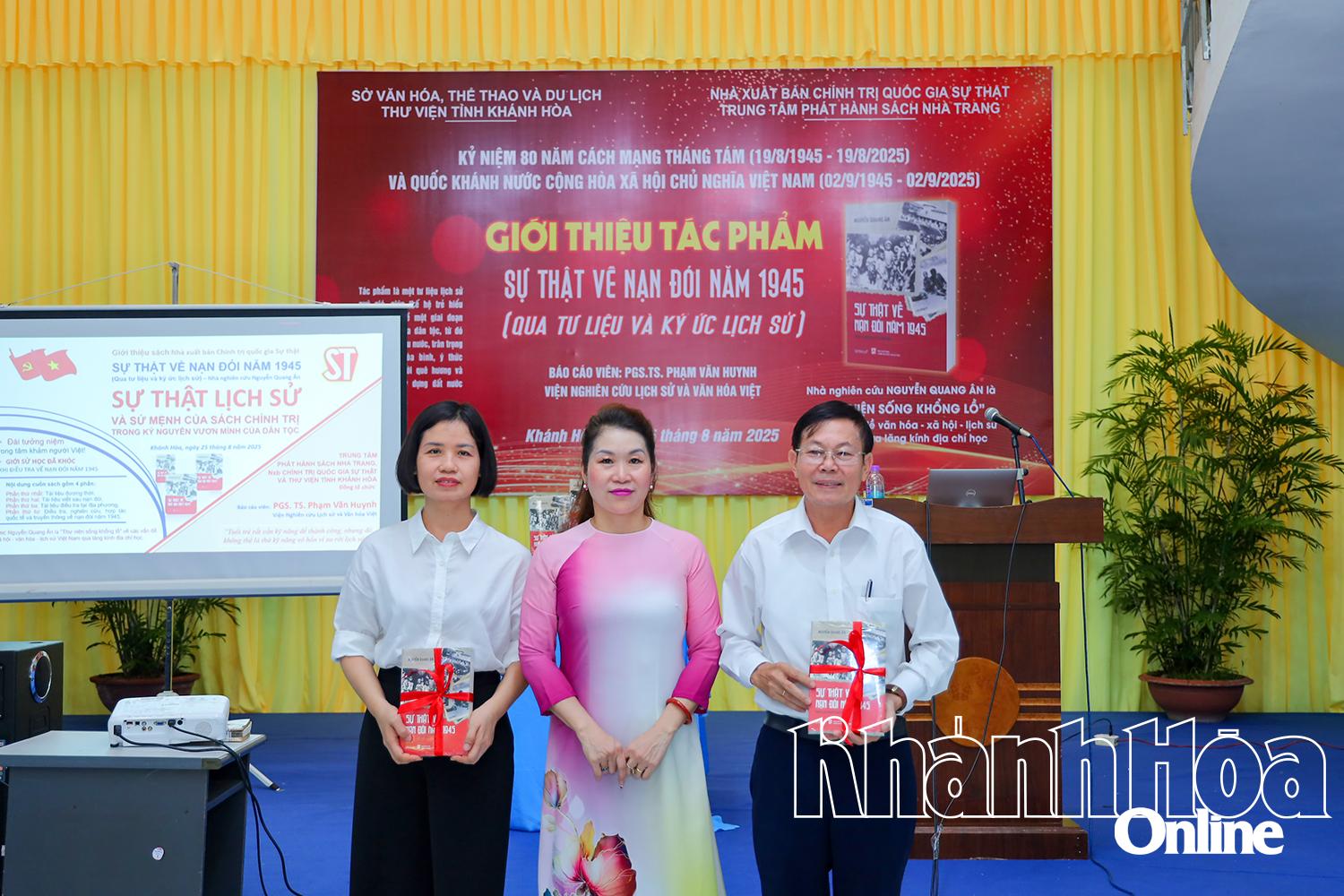







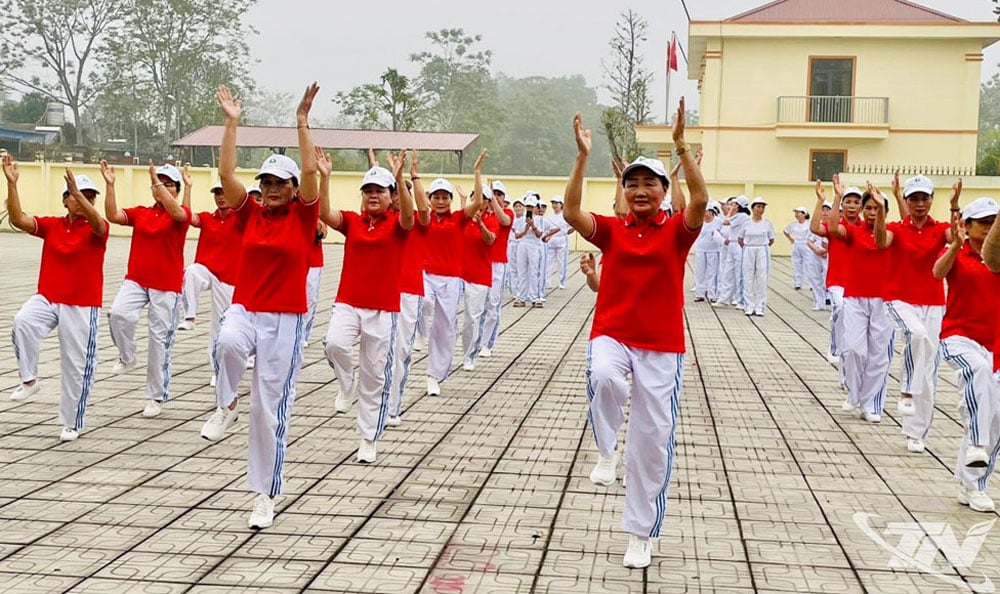


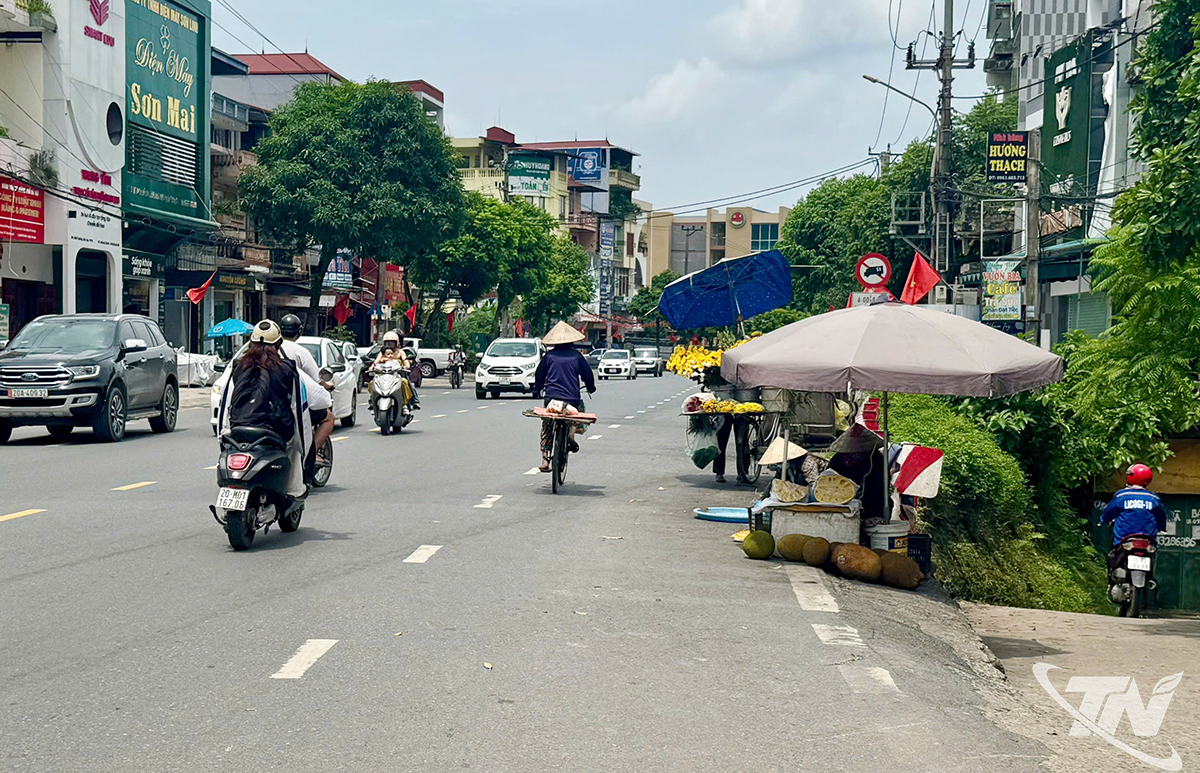
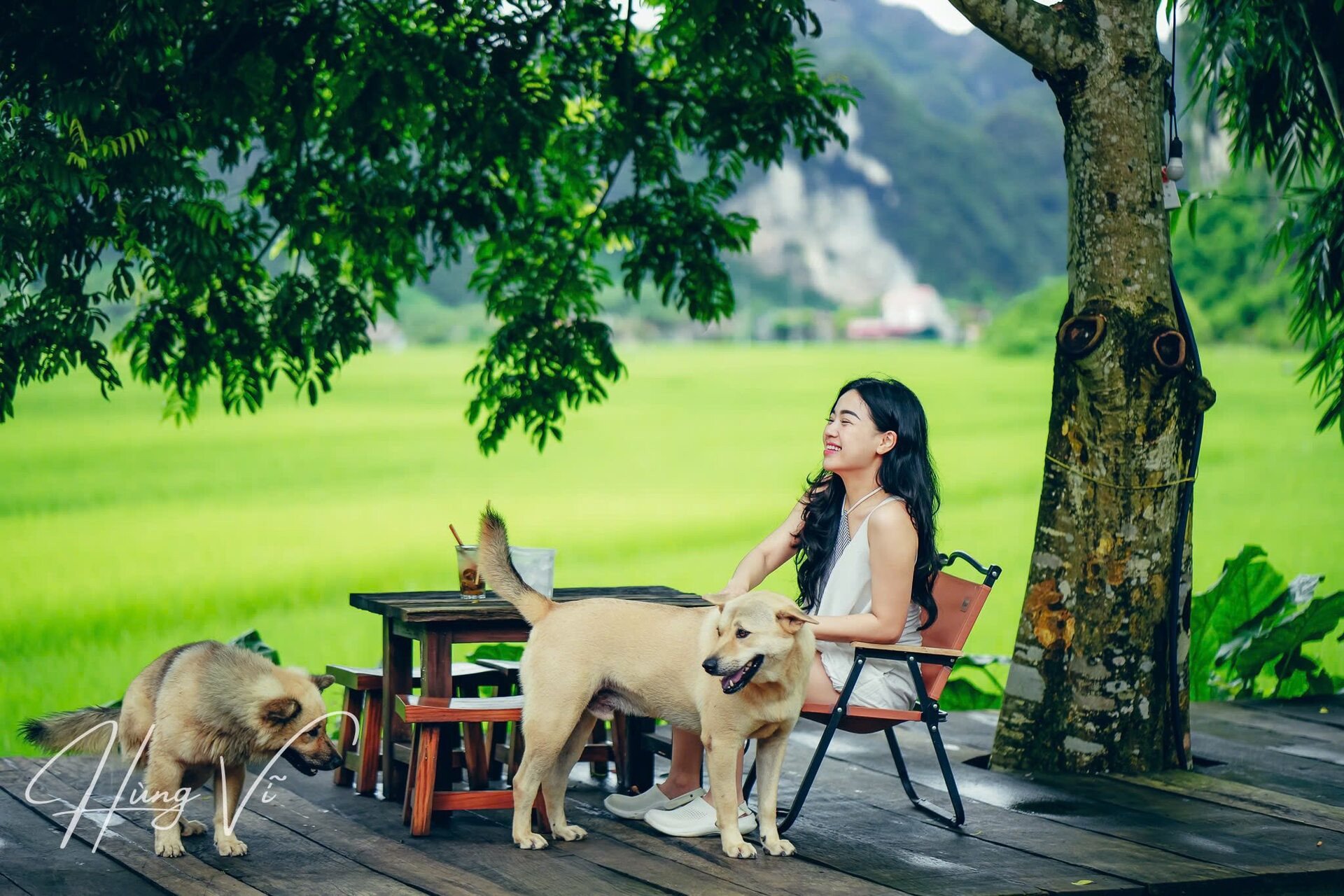


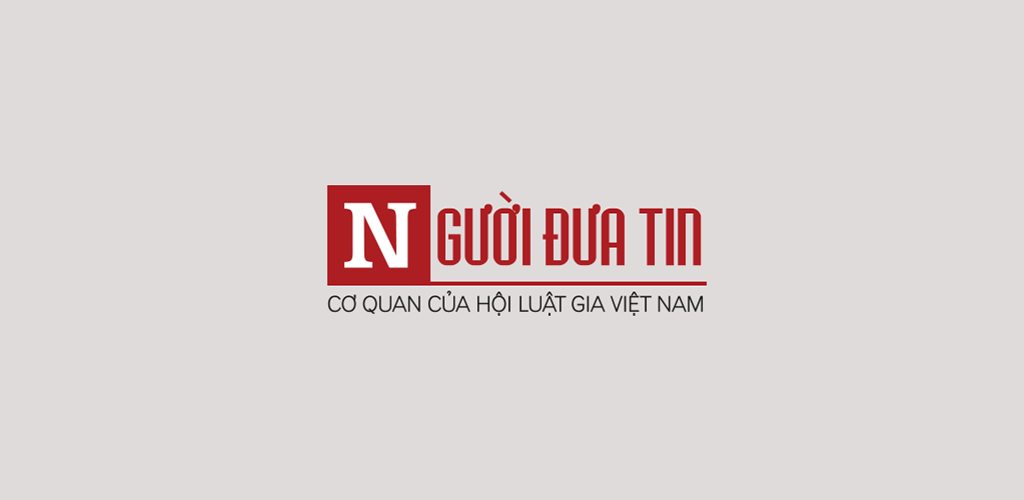
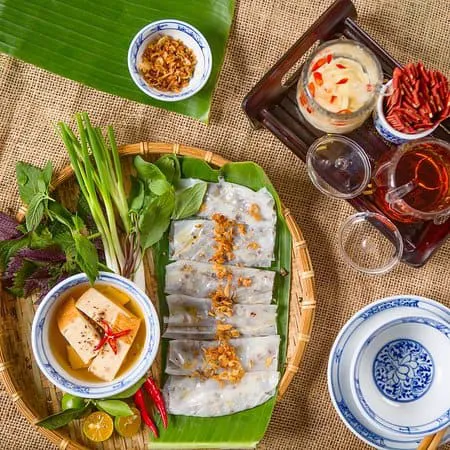

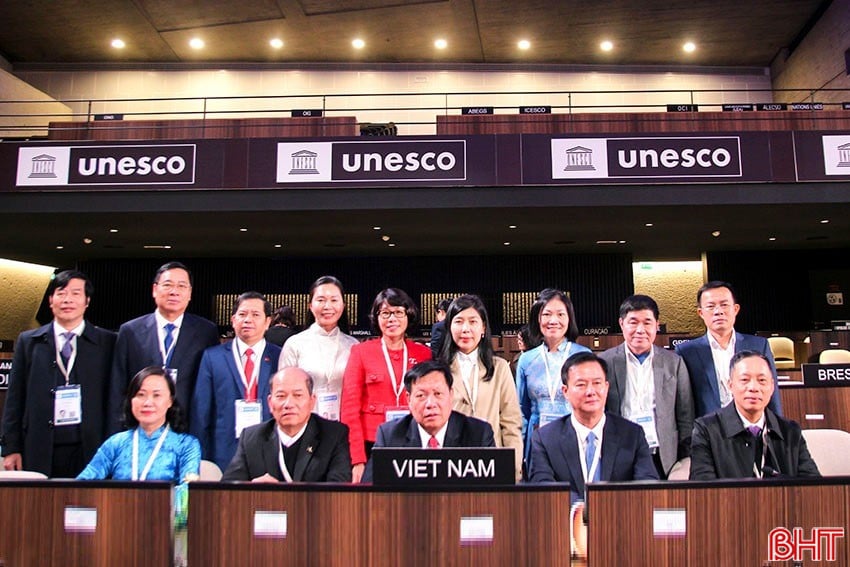

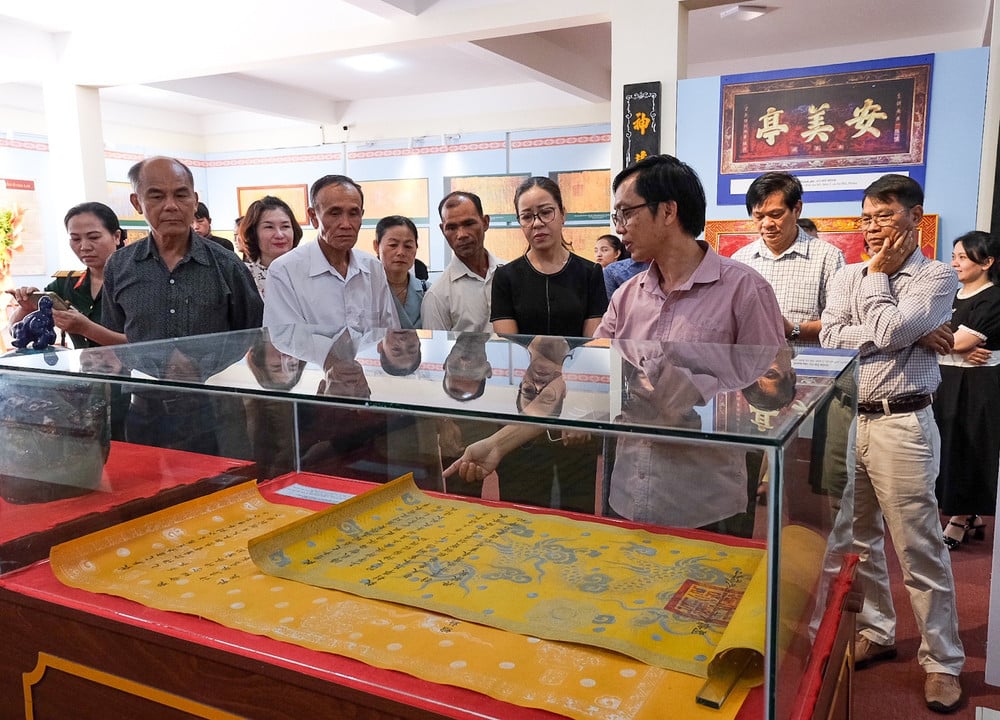



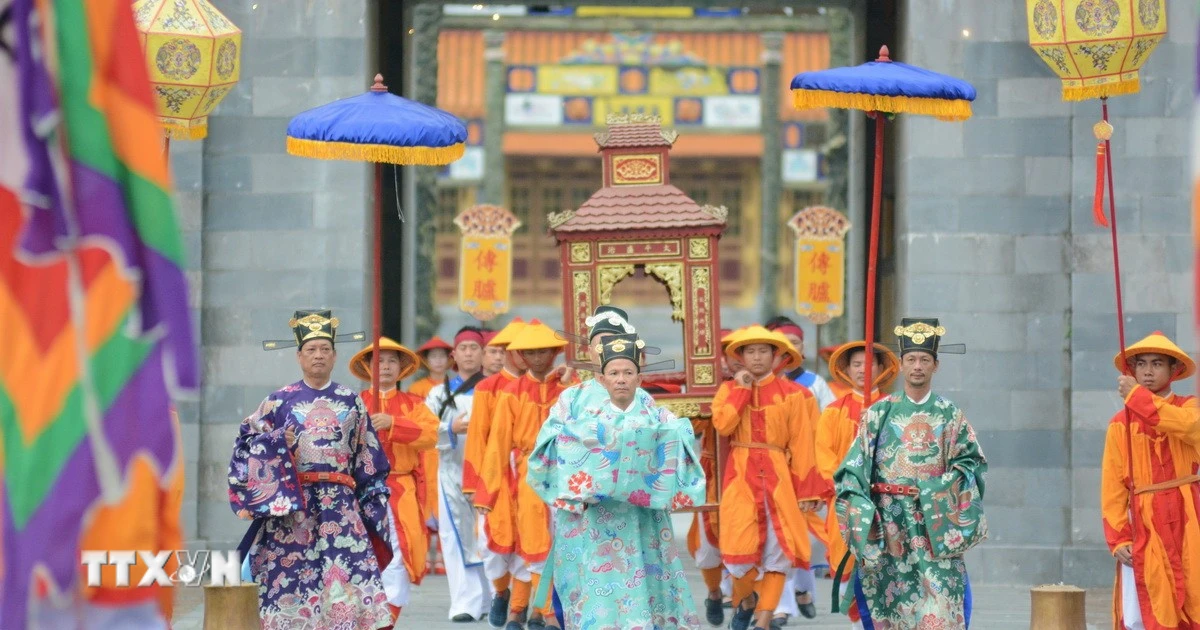



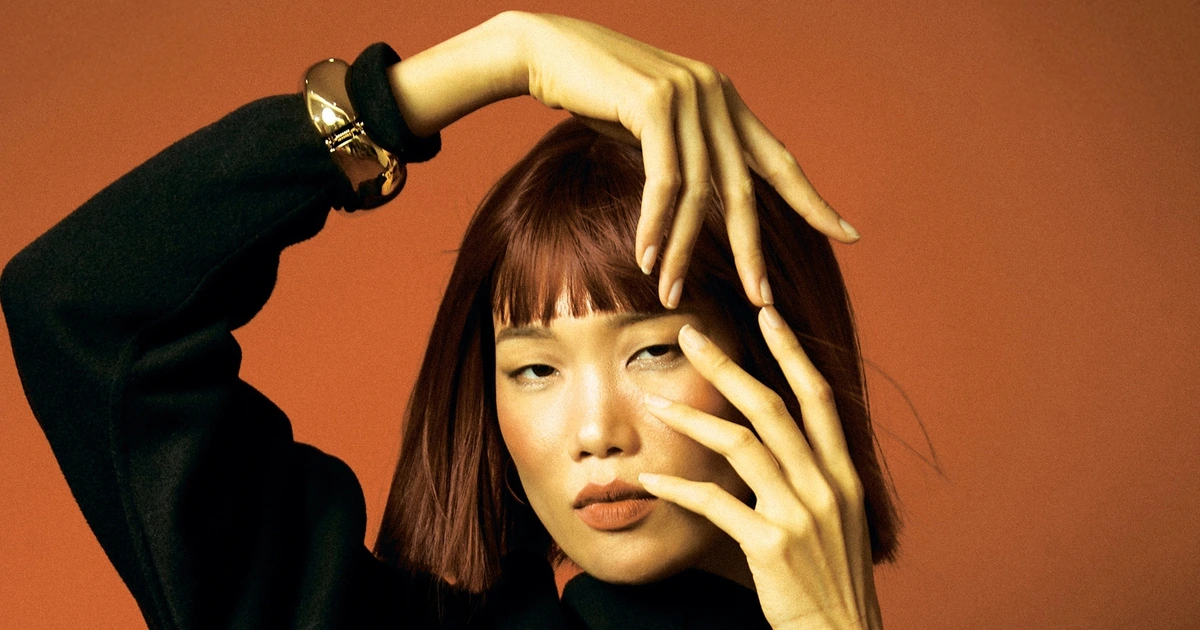


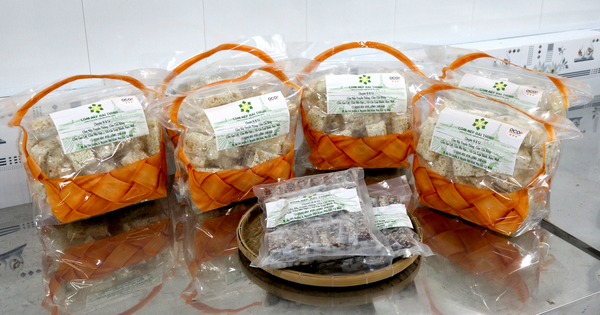
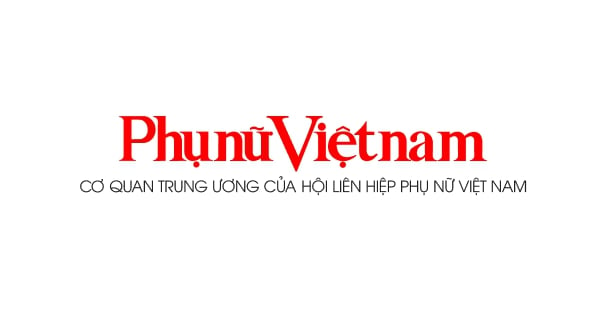
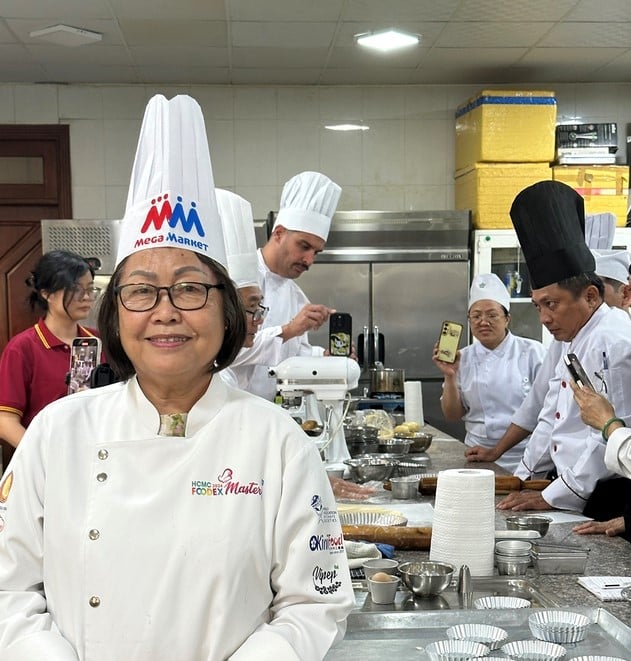




















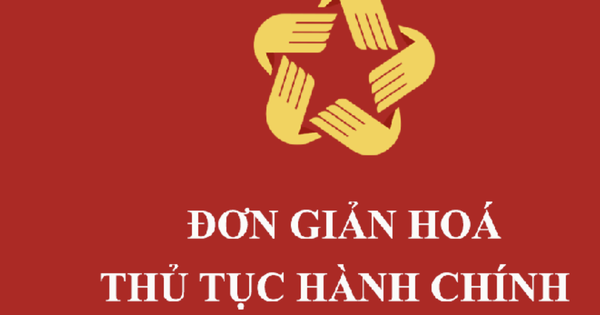















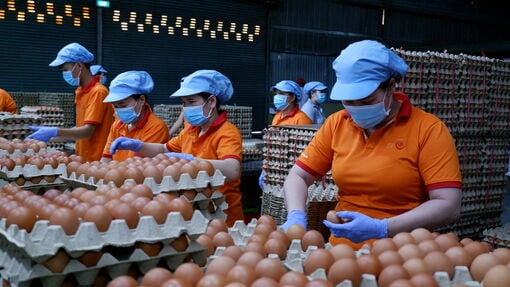




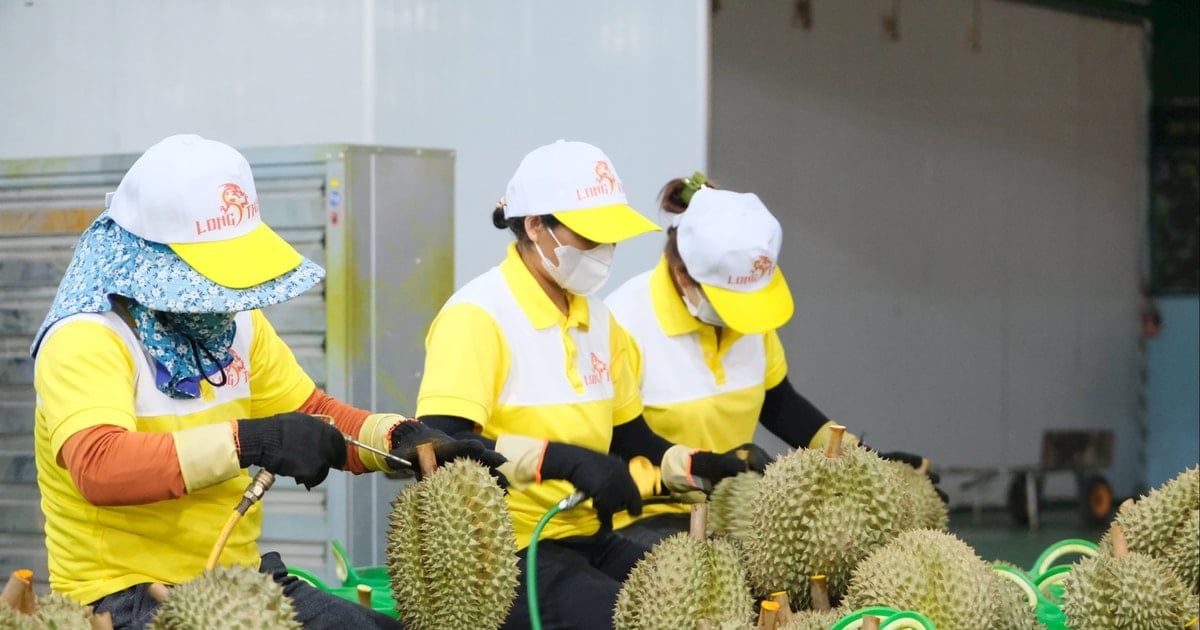






Comment (0)